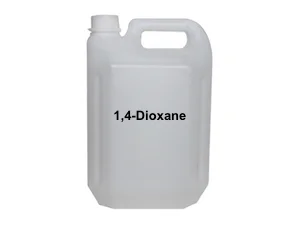HPLC Grade Chemicals
HPLC grade chemicals are high-purity chemicals specifically designed for use in high-performance liquid chromatography (HPLC), a technique used to separate, identify, and quantify the components of a mixture.
These chemicals are essential for ensuring accurate and reliable results in HPLC analysis. Here are some key characteristics of HPLC grade chemicals:
- High purity: Typically greater than 99.9% pure, minimizing the presence of impurities that can interfere with the analysis.
- Low UV absorbance: Do not absorb ultraviolet (UV) light at the wavelengths used in the analysis, allowing for clear detection of the desired components.
- Low non-volatile residue: Contain minimal non-volatile impurities that could clog the HPLC column or cause background noise in the chromatogram.
- Filtered: Free from particulate matter that could damage the HPLC column or interfere with the analysis.
- Consistent quality: Manufactured and tested to meet strict specifications to ensure reliable and reproducible results.
Common examples of HPLC grade chemicals include:
- Solvents: Acetonitrile, methanol, water, ethanol, and isopropanol are some of the most commonly used HPLC grade solvents.
- Buffers: Solutions that maintain a specific pH and ionic strength to optimize the separation of components.
- Standards: Pure reference compounds used to identify and quantify the components in the sample.
It’s important to note that HPLC grade chemicals are typically more expensive than their reagent-grade counterparts due to the higher level of purity and testing required. However, using the proper grade of chemicals is essential for achieving accurate and reliable results in HPLC analysis.
List of HPLC Garde Chemicals
Showing the single result

